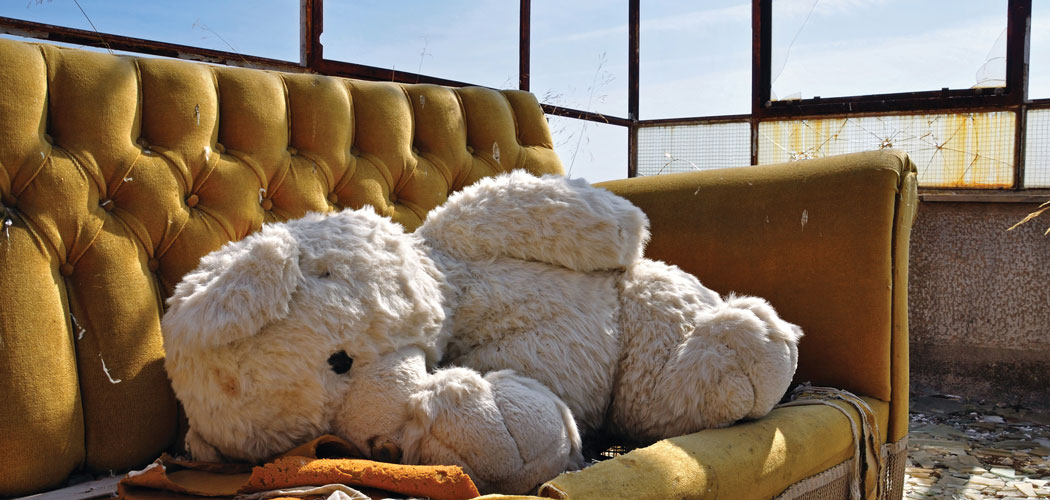[title subtitle=”words: Marcus Coker
images: courtesy Children’s Emergency Shelter”][/title]
In 2013, 854 children in Arkansas’ Sebastian County entered the foster care system. In most cases, the children were removed from their homes due to parental substance abuse or neglect. In some cases, they were removed because of abuse.
“It’s not like packing for grandma’s. Often, a Department of Human Services (DHS) caseworker is stuffing the kid’s things into a black trash bag,” says Ashley Ahlert, who’s the advancement coordinator for Children’s Emergency Shelter (CES) in Fort Smith. “Our job is to provide shelter and care until an alternate placement is figured out. That might mean a long-term shelter, like a sheriff’s ranch for boys, or a foster home. They could even go back to their previous environment if the problem has been remedied. But the ultimate goal is to get them to a stable home.”
When a child between the ages of six and seventeen first arrives at CES, sometimes they have almost nothing, sometimes just whatever they can fit into the one trash bag. “Everything has to go through a cleaning process, since there can be bed bugs, lice, or roach eggs,” says Ashley.
“Believe it or not, a lot of the kids won’t be crying,” says Dolly Zabrdac, who’s part of the direct-care staff at CES. “A lot of the time, they’re actually relieved. They know their situation wasn’t good, even if they are six years old.”
Still, the children run the gamut of emotions: confusion, sadness, anger, and fear. It can be days or even weeks before some of them open up, start smiling, and let their walls down.
“Some of the stories make you sick,” says Ami Curry, the assistant director at CES. “The mother is on meth, and the daughter has been abused by the mother’s boyfriend. But I try to look at the positive side of things. Right when they walk through that door, they’re in a place that’s ten times better.”
Before the shelter opened, children being removed from their homes by DHS were sent to distant parts of the state. “There were no shelters in this area,” says Ashley. “The kids were sent to new school districts, away from a familiar environment. So a bad experience became even more traumatic. The Junior League of Fort Smith identified the need for a local shelter, rallied support and raised money, and our doors opened in 1997.”
CES can house up to twelve boys and twelve girls. Each child can stay up to forty-five days in a sixty-day period. The average stay is twenty-six days. During that time, the shelter is responsible for the child’s meals, laundry, and living essentials. Additionally, they are responsible for all their transportation to and from school, medical and legal appointments, and extracurricular activities. “We go through four gallons of milk a day, feed 20,000 meals per year, do seventy-seven loads of laundry per week, and drive five hundred miles per week,” says Ashley.
“It really is what it’d be like if you had a home with a bunch of kids. They get on each other’s nerves and act like kids do,” says Dolly. “One difference is that they won’t always tell you when they need something because they are used to whatever they have. You end up with a nine-year-old boy wearing a size thirteen shoe with stuffing in the toe. Old-school Jordans his mom picked up at a yard sale. You have to really pay attention.”
Even when the kids are away, it’s easy to get a picture of what life is like there and how they are provided for. There’s toothpaste still on the counter in the boys’ bathroom, a teddy bear lying atop a camouflage pillow in one of the rooms. The living area is awash with video games and movies. There are Harry Potter books in the library where the tutors come after school. The pantry is full.
“We publish our address and phone number because it’s important that these kids don’t feel like they are in an institution. They’ve done nothing wrong to be here,” says Ashley.
The shelter works with the children on a points system, wherein the children are rewarded for their good behavior with points. As the points add up each week, the kids are given more privileges around the house, as well as money they can spend at school or at the shelter store on items like games, snacks, chalk, and makeup.
In the best of circumstances, the kids regulate their own behavior, as evidenced by “the Angry Birds bedding story.” Ashley says, “We had a child come in at the same time as an Angry Birds bedspread. The child was really exceptional, and everyone looked up to him and said, ‘When he leaves, can I get the Angry Birds bedding?’ So the kids have designated that the good bedding, based on behavior.”
Sixty-one percent of CES’s funding comes from the state. The rest comes from private grants, awards, and donations. Ashley says, “We’re lien free and debt free, but we rely a lot on donations. We need canned food, hygiene and household items, and even things for recreation. Ultimately, monetary donations work best because we are tax exempt and get discounts, so the dollar goes further with us. Plus, we can take the children shopping, and they not only get things that fit them, but they get to pick things they like.”
After the children leave CES, the staff rarely finds out what happens to them. Ashley says, “I can’t talk about these kids without crying. You watch them get packed up, and just see the hope in their eyes. They always want to be with their parents, and they know when their next court date is. They just all want to be loved. And you just pray it’s going to be okay.”
For Sebastian County, which has the highest percentage of foster children due to abuse and neglect, not every story has a happy ending. But places like Children’s Emergency Shelter help to make things better. By providing children with safety, a new start, and hope during a difficult situation, they are truly a light in the darkness.




